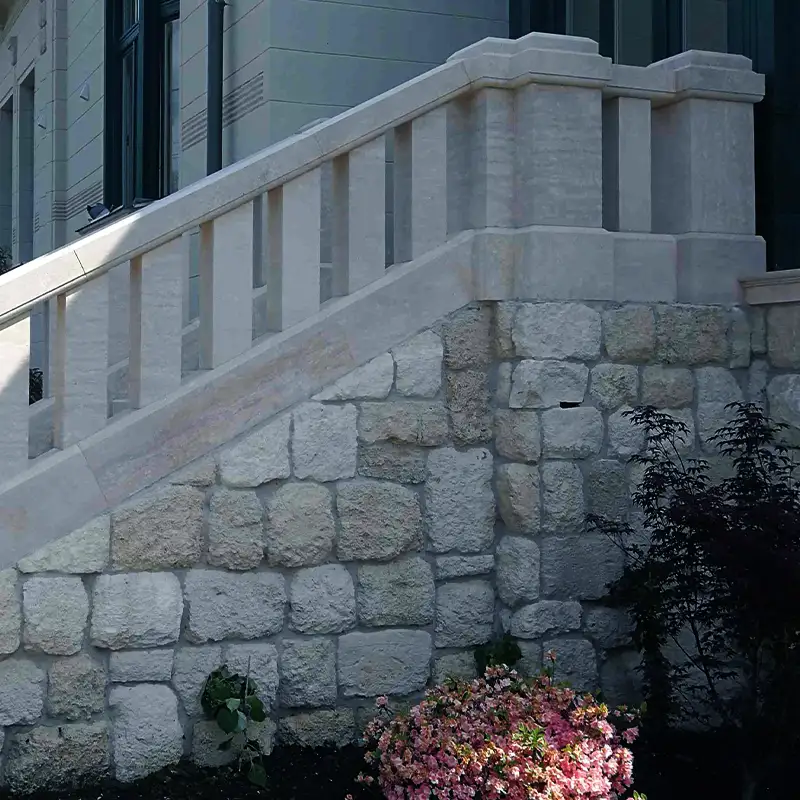WHAT IS MARBLE? WHAT CAN IT BE USED FOR?
What can marble be used for, as a floor or wall covering, indoors or outdoors? Why even choose natural stone for paving? These are the questions that arise when looking at natural stone paving.

Let's see the answers ...
The very precise derivation of the formation of marble and its concept can be found on wikipedia, but let’s see the ones that might be relevant to us.
Marble is nothing more than a special limestone. Well, that’s not entirely true. But marble is crystallised from limestone over a long period of time, under special conditions, deep in the earth, under high pressure, at very high temperatures, and then brought to the surface by the movement of rock plates. Marble is a metamorphic rock composed of calcite and dolomite, with a carbonate mineral content of more than 50%. Pure marble contains more than 95% carbonate minerals (calcite). Silicate marble has a carbonate mineral content of 50-95%. Its structure is crystalline and more compact than limestone. Its colour varies according to the different impurities. The most common discolouration is caused by iron oxide and manganese oxide. It can be found in red, grey, white, carrara and many other rich colours, and when polished it has a beautifully lustrous surface. On freshly quarried marble slabs, the grains are highly lustrous, hence the stone’s name from the Greek word marmarein ‘to shine’. However, there are divided views among researchers, with some attributing it to the name marmaros ‘marked stone’.
Its use has long ...
Its use is now ...
Marble radiates strength and elegance, it is a natural stone that, despite its durability, is easy to shape, carve and use in many different ways. Thanks to its excellent properties, it can be used as floor and wall tiles to give interiors a unique and exclusive look. Marble can be used to make washbasins, bar tops, stairs, window sills, facades, floor tiles, table tops or even fireplace surrounds.
One of the most modern white marble triumphal arches in London can be seen as the entrance to the ceremonial courtyard of Buckingham Palace.
Unfortunately, the appearance comes at a price, as marble paving requires regular maintenance. Marble must be protected from all acidic substances, especially acidic cleaning products, alcohol and juices. The polished gloss can be kept in a constant shining condition by using neutral chemicals and, depending on the use, by machine polishing every 1-3 years.
Of course, for architectural solutions, the appearance is not the same, but their maintenance is also a priority.
Related products

Marble
Marble radiates strength and elegance, it is a natural stone which, despite its resistance, is easy to shape, carve and use in a variety of ways.


